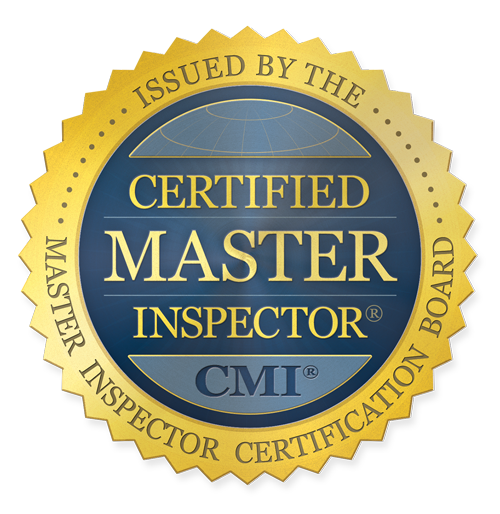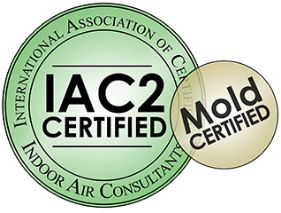If your Volusia county home has outdated or insufficient insulation, you’re missing out on optimized energy efficiency, healthy indoor air quality, and year-round home comfort. Also, since the combination of home insulation and adequate ventilation are key to maintaining recommended indoor humidity levels (30% to 50%), insufficient insulation puts your home at risk for damp, rot, and mold issues.
Florida’s building codes align with the International Energy Conservation Codes (IECC), which means the quality of your home’s attic, interior wall, floor, and/or crawlspace insulation should adhere to those required for geographic Zone 2.
5 Signs Insulation Needs Updating
If your home was built more than 20 years ago and you’ve never had your attic or insulation inspected, we recommend scheduling a home inspection. Insufficient insulation is one of the most common issues found during a routine home inspection. Plus, your 20+-year-old home is likely to have other issues requiring attention that previous owners weren’t attentive to with annual maintenance recommendations.
Even without a professional home inspection, there are a handful of signs indicating insulation needs replacement.
1. A musty or damp odor (or evidence of mold)
Florida residents are very familiar with the musty or damp smell that results when a home has mold or mildew issues. With humidity levels that average more than 50% each year, home systems (including insulation) are essential to keeping indoor humidity levels between 30% and 50%.
Over time, the combination of consistent moisture and warmth creates the perfect environment for mold to thrive, eventually leading to unpleasant stains and more damaging structural rot. Mold and mildew spores also compromise indoor air quality. Read 7 Tips For Keeping Your Home Mold Free to get rid of mold and mildew issues once and for all.
2. Insulation looks like it’s in bad shape
A single peek into your attic may tell you all you need to know about the home’s insulation status. Insulation should cover the walls and floor of the attic without gaps or holes. It should not show any evidence of collapsing, being torn up, being chewed by pests, or of water stains. If insulation looks worse for wear, it probably is.
2. Condensation on windows or window frames
Have you noticed condensation on windows or other home surfaces? While this could mean you have outdated or poorly functioning windows or frames, it’s also a sign there may be issues with your insulation quality, installation, or a poorly functioning attic space.
4. Inconsistent temperatures throughout the house
If your insulation does its job, occupants should experience consistent temperatures from room to room, aligned with the thermostat setting. If temperatures fluctuate throughout the house, you may have an insulation issue.
Other factors contributing to fluctuating temperatures from room-to-room include:
- Poor air sealing
- Dirty or broken HVAC ducts
- Poorly maintained HVAC equipment
- The need for a zoned heating/cooling system
- Outdated or poorly installed/maintained windows or exterior doors
One of the benefits of scheduling a home inspection is that we catch issues like these, as well as insulation issues, creating a one-and-done punch list for your preferred contractor.
5. Walls or ceilings are warm to the touch
Insulation should keep warm air out, and cool air in. If you can feel the warmth coming through exterior walls or the ceilings of upper rooms, inadequate or poorly installed insulation is a likely culprit.
Not sure whether your insulation is up to Volusia County code or not? Schedule a home inspection with the Super Inspection Pros.

